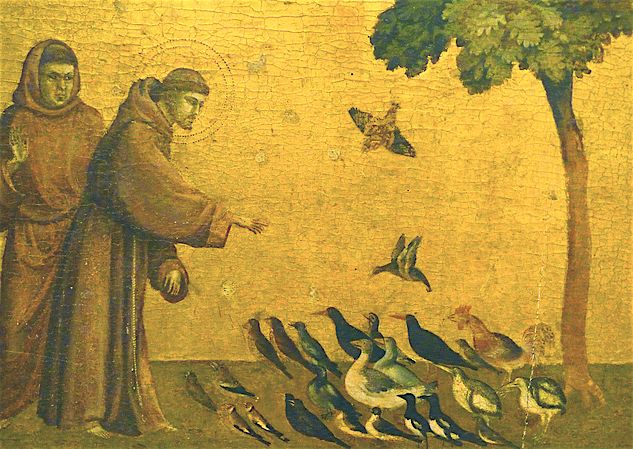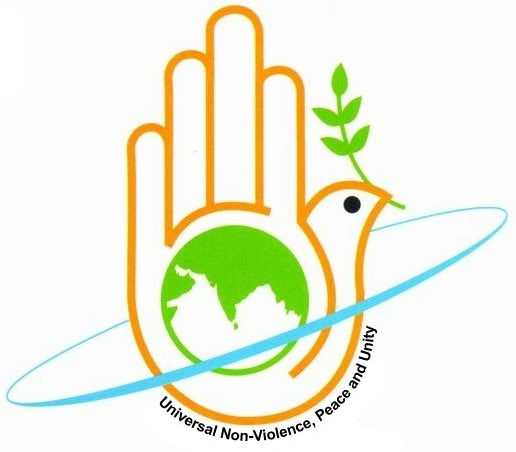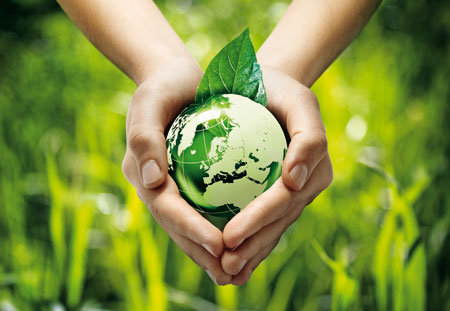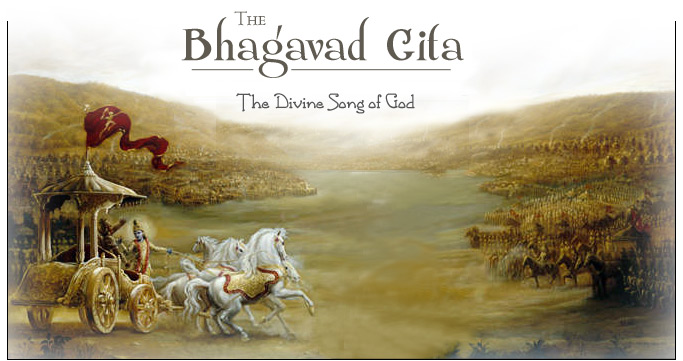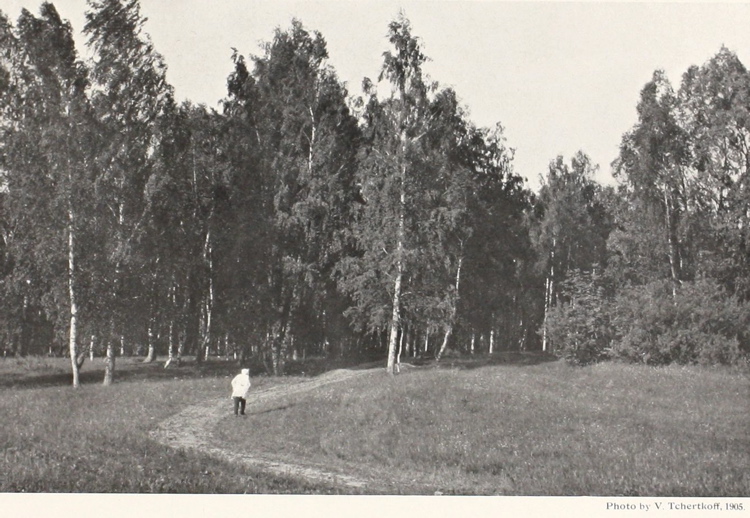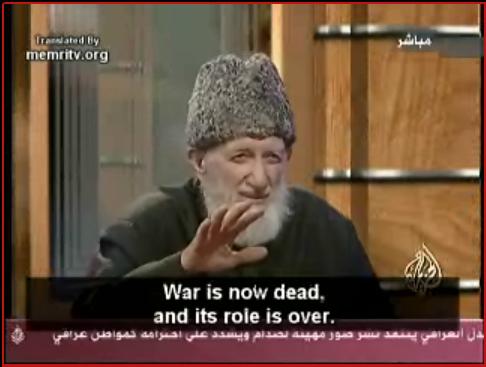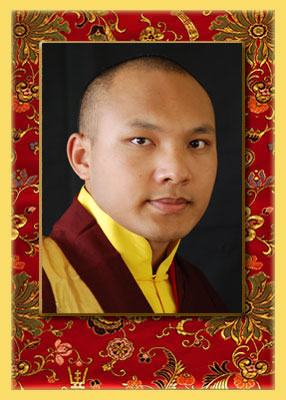Non-Violence in the Early Church
by Corey Farr
St. Moses the Black, a patron saint of nonviolence, 4th century CE; courtesy Orthodox Peace Fellowship; incommunion.org
The intent of this paper is to survey the attitudes of the early (pre-Constantinian) church towards violence, military service, and martyrdom and bring them into dialogue with contemporary US-American evangelical views and practices. I will examine this both in terms of the more passive and prohibitive critiques of culture and the more “active” affirmation of the merits of martyrdom. In doing so, I would hope to show that the church had not only the negative/passive witness of refusing to engage in violent acts, but also the positive/active witness of being willing to accept and even embrace violence done to themselves – in a way that is less pathological than it sounds – in imitation of their cruciform king.
As a long-time believer in nonviolence, I must admit that I was surprised to see the overwhelming evidence in favor of this position in the early church. Of course, I knew that there has always been a precedent for this belief throughout history, all the way back to the first century. That much, at least, I had learned from John Howard Yoder. (1) What surprised me was the wealth of quotes from patristics that spoke in no uncertain terms on the topic. My hope is that by doing this research and sharing it with those who are interested I might further reinforce and open opportunities to share my own Anabaptist inclinations with those in my generation who are burnt out, tired, and disillusioned with status quo evangelicalism ad nauseam. I remain an evangelical, despite my qualms with the stereotypes, because they are my people and I love them dearly – to misquote Luther, “Here I stand, and I can do no other.” But I do believe we have much to learn from the early church. For example, Jonathan Gorry notes that church fathers such as Tertullian, Origen, and Lactantius, who will each be featured in this paper, called for “pacifying forms of social engagement.” (2) Given the divisive and polarized political unrest among evangelicals today, such responses “can serve as useful antecedents for the regeneration of 21st century Christian critiques of state sovereignty.” (3) My prayer is that this paper shed a little light on those antecedents, thus lending credence to modern iterations of Christian nonviolence by demonstrating how in touch they are with the roots of the faith.


